How to plant and grow a birch tree in the country
The dacha not only supplies the family with vegetables and fruits - it should become a place of pleasant relaxation. Be sure to leave a corner where you will grow flowers, climbing plants and birch seedlings. Several years will pass, and in the shade of the trees it will be possible to take a nap in a hammock, listen to pleasant music, and do handicrafts. In early spring, children will not drink canned concentrates, but natural juice straight from a tree through a straw; on holidays, a friendly company will enjoy a barbecue in the shade of a birch forest.
Where is it better to plant birch
You are holding thin twigs in your hands and want to grow a small grove in your summer cottage. Remember that you are laying a natural corner not only for yourself, children and grandchildren will walk here. Young slender trees, planted 2 meters from each other, in a dozen years will stretch out, get stronger and begin to interfere with each other. Instead of a cheerful shady grove, a gloomy bowl is formed with stunted trees fighting for living space. In order not to have to cut down the grown birches, plant them no closer than 4 meters from each other.
To avoid conflicts with neighbors, do not plant trees close to the southern border of the site. If the territory of the dacha is small, think over a planting plan so that half of the beds are not in the shade of the crown. You cannot plant tall trees next to the house, step back from the wall at least 5 m. Please note that birch will not allow fruit crops to grow next to it, you cannot break beds near the roots, since the mighty tree will take all the nutrients from the soil. If you want to have your own forest - select a corner where only birches will grow, and allocate another place for fruit trees, a vegetable garden and flower beds.
Birch loves moisture, but grows poorly in wetlands. Choose a location that has plenty of light and does not dry out on hot days. A great option is the north side of fences or low buildings: the sun will illuminate the crown, and the roots will be placed in moist cool soil. On the ground, you have chosen a site, now look up. The tree grows up to 20 m in height, and the diameter of the crown can reach 8 m. If wires pass nearby, after a few years you will have to constantly cut down branches reaching them or shorten the top of the trunk. A disfigured tree will not add aesthetics to the site, it is better to find free space.
Procurement of planting material
A young seedling can be purchased in a nursery, but why travel many kilometers and spend money if a suitable tree can be brought from the nearest forest? Best of all, birches will tolerate transplanting in early spring. You can try it in the fall, but this season they take root worse. Find a beautiful slender tree about 1 m high. The lower the seedling is, the better it will take root.
Try to preserve the root system as much as possible. The birch will survive the break of a small process, but it is better to keep all the roots intact. Cut through the ground to the depth of a shovel bayonet on 3 sides, and then dig under the root and uproot the seedling along with a clod of earth. Place it carefully in the bucket and transfer to the area.
If you don't want tall trees to grow in your country house, get a dwarf variety in the nursery. You can choose a weeping birch tree with branches hanging down or a shrub shape. The tree is not capricious, but it cannot stand the roots staying in the air for a long time. Purchase seedlings in containers, then you can plant them along with a lump of soil.
If you like a mature tree, dig it up with a large block of frozen earth in winter.Transplant to your site, in the spring the birch will wake up and begin to take root. If you wish, you can collect mature catkins and sow seeds directly into the ground. Grains can be sown both in spring after stratification and in autumn under snow.
Forest tree planting rules
A planting hole must be dug in such a way that the roots fit freely in it. Throw forest earth, peat, black soil and sand there on a shovel, add a little complex fertilizer, mix and distribute along the bottom. In a swampy area, drain. If excessive moisture appears only during melting snow or heavy rains, add hydrogel to the ground.
Advice
To make the tree less aware of the changing conditions, bring a couple of buckets of soil from where the seedling was dug and use this soil to fill the hole.
Birch is accustomed to the cool climate of central Russia, and does not take root well in extreme heat. In the evening, when the air temperature is about + 10⁰, plant a tree on the site, a cool night will give it the opportunity to rest and gain strength for rooting. If planting birch is possible only during the day in hot weather, be sure to cover the tree from the sun.
Place a seedling at the bottom of the hole, bury and lightly tamp the earth. The root collar must remain on the surface. Next to the birch, drive a stake into the ground and tie the trunk to it. If you leave the tree unsupported, the wind will rock it and disturb the roots. Moisten the soil well, mulch the trunk circle with leaves. Keep the soil moist until the tree takes root. The next summer, the roots will grow deeper and will be able to independently receive moisture from the soil.
It is believed that birch pulls moisture and nutrients out of the soil so much that nothing can grow under it. Do you believe this statement? Then go to the grove and see if the land resembles a lifeless desert. Perhaps vegetable crops will not grow - and it is not necessary, there is a vegetable garden for them. Look closely at the vegetation in the birch forest, dig up wild strawberry bushes, beautiful wildflowers and plant them around the trunk. Together with the soil, you can bring the boletus mycelium, and after a while edible mushrooms will appear under the trees.
Care of a young birch
To make the birch grow better, you can feed it in spring and autumn. Prepare the composition:
- water - 10 l;
- manure - 2 kg;
- ammonium nitrate - 20 g;
- urea - 20 g.
Mix everything well so that the mineral fertilizers are completely dissolved, and water the soil around the seedling. Try to keep the composition only on the ground and do not spray onto the plant.
Examine the tree trunk to notice the appearance of tinder fungi in time. They must be removed immediately so that they do not grow deeply and damage the wood. May beetles and their larvae can gnaw the roots of the tree. From time to time, loosen the soil around the trunk and collect the pests found. If you see damaged leaves, the tree has been attacked by pipe beetles. Collect the gnawed leaves, and treat the crown with insecticides.
Birch does not tolerate pruning, it is better to give it the opportunity to develop and form a crown on its own. Only sick, broken and dried branches need to be removed. You need to do this work in the fall, when the juices finish moving. All sections must be covered with garden pitch.
What will birch give a person
When the tree becomes adult, it will not only decorate the site, but also benefit the owners. The bark of the tree releases phytoncides, which are harmful to all pathogenic bacteria. Take the children to the summer cottage, let them play under the birch trees, and you can not be afraid that they will become infected with infectious diseases. Wood is a great stress reliever. When your nerves are at the limit, sit near a birch tree, press your back against the trunk - it will draw out all the negative and fill you with positive energy.
You can harvest a rich harvest from birch, but not just one, as from a vegetable garden, but several a year.Just do not be greedy, take in moderation so that the tree does not weaken. What has the white-barrel beauty in store for you?
- Kidneys. From the New Year to the beginning of the movement of the juice, cut off thin branches and collect medicinal raw materials from them.
- Young leaves. Harvested in May, when the leaves are still sticky. They are used in traditional medicine.
- Birch juice. When the trees begin to wake up after winter, stock up on a healing drink. Make a small hole in the barrel, insert a tube or groove into it, and draw the juice into cans. Do not forget to close the wound with a wooden stopper after collection and cover it with pitch.
- Bath brooms are harvested in the middle of summer.
- Birch bark. You can cut off a thin layer of bark in June. Birch bark is used for various crafts. On a birthday or other holiday, send a beautifully decorated birch bark letter in an envelope, such a congratulation is much more pleasant than a soulless SMS or a banal postcard.
Output
Birch does not just take up space in the summer cottage, it cleans the air from bacteria, relieves stress and gives a good harvest of medicinal products. If you plant several trees, you get a small grove in which strawberries, forest grasses and mushrooms can grow. There you can organize a seating area, hang a hammock, put a barbecue.
You can choose a young seedling in the forest, and if you want to plant varieties with an interesting crown shape, an unusual shade of the trunk or leaves, contact the nursery. Do not buy seedlings with an open root system, they do not take root well. It is better to buy a tree in a container and when transplanting, save a clod of earth as much as possible. You can propagate birch and seeds, but it is long and laborious.
A rooted tree requires almost no maintenance. Young birches immediately after transplanting need to be shaded for several days from the hot sun and make sure that the soil is moist. You can feed the trees, they will be happy with such care, or you can simply mulch the soil so that it does not dry out, and the nutrients penetrate deep into the soil. Make sure that tinder fungus do not form on the trunk, and that May beetles do not gnaw the roots. Do not occupy the entire area with edible crops, leave a corner for the soul and plant a birch tree there.
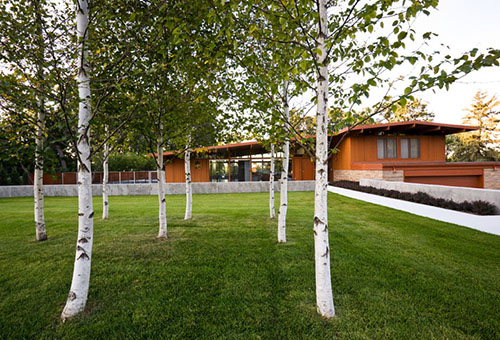
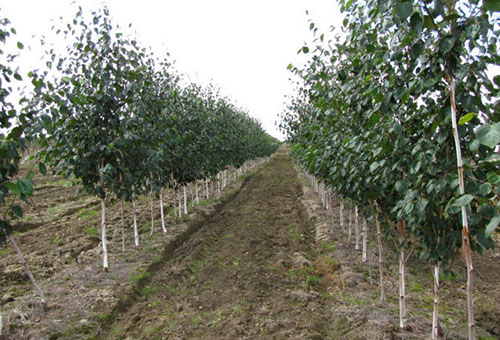
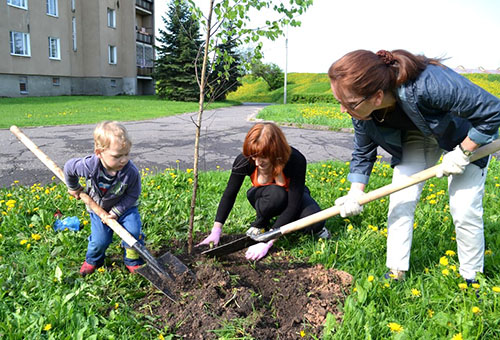
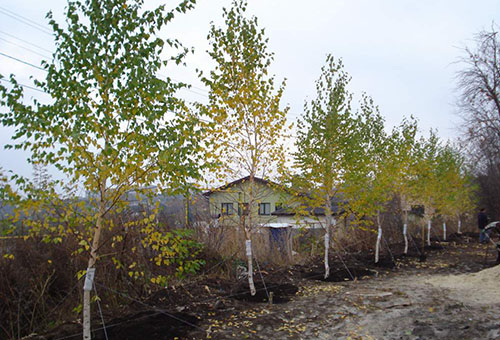
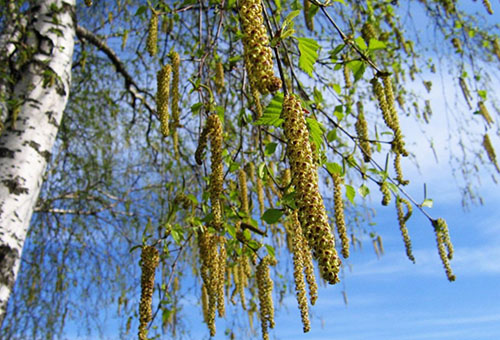
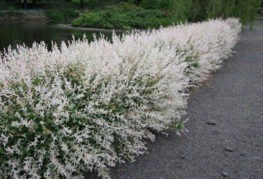
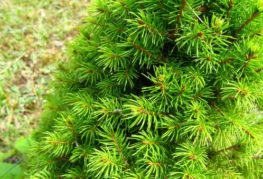

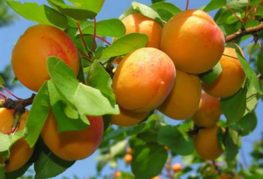
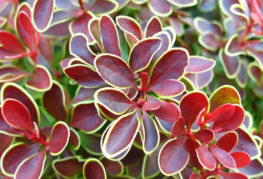
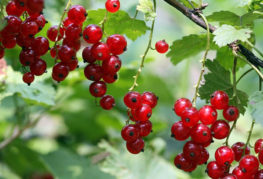
Today is May 10, a birch without leaves, but the branches are flexible, not dry. Discovered! Slightly below ground level above the birch, leaves appeared from its trunk! Not from the root! I tried to enhance its development and cut the top and shortened the branches extending from the trunk. Well, then what? Somebody knows?